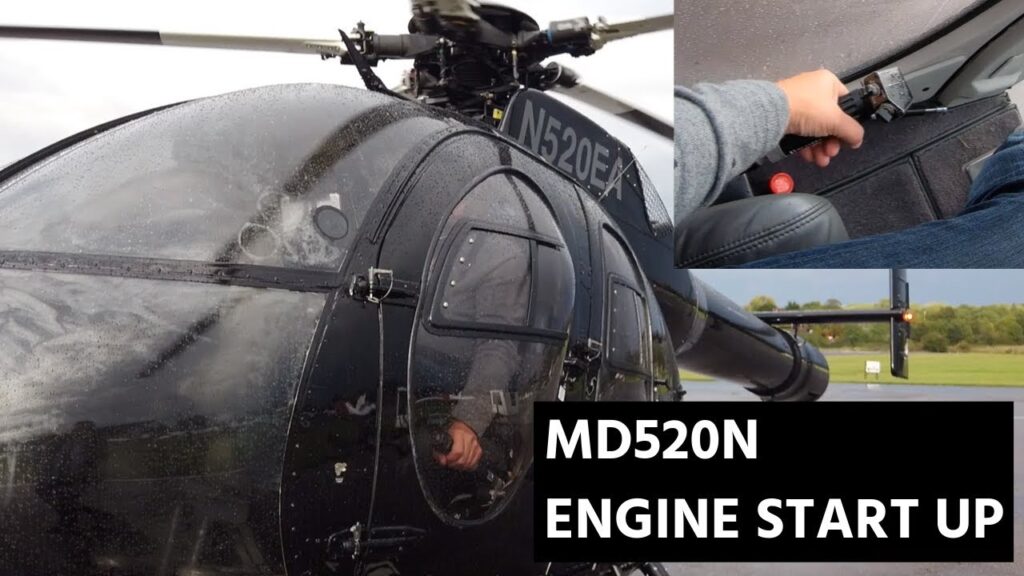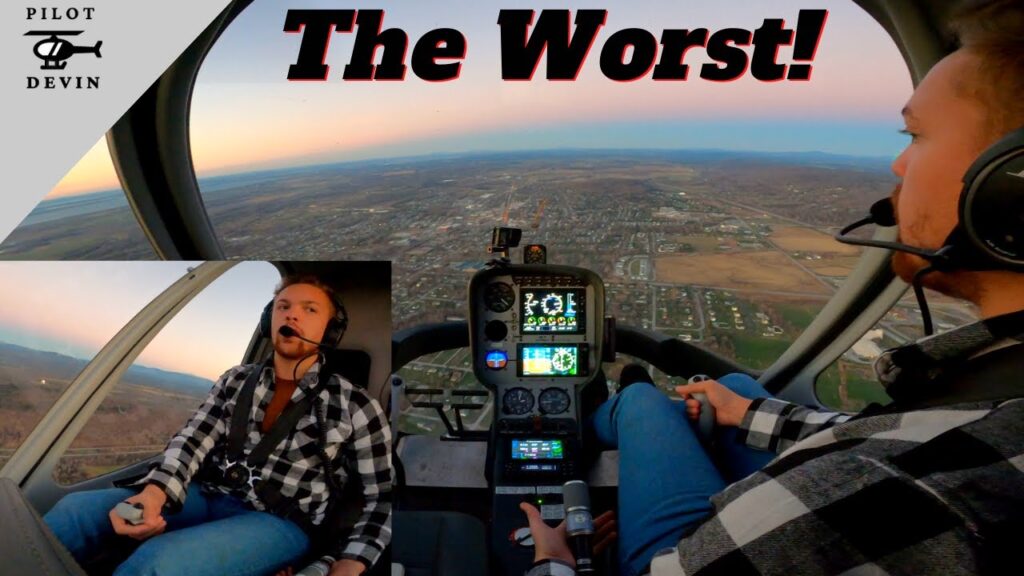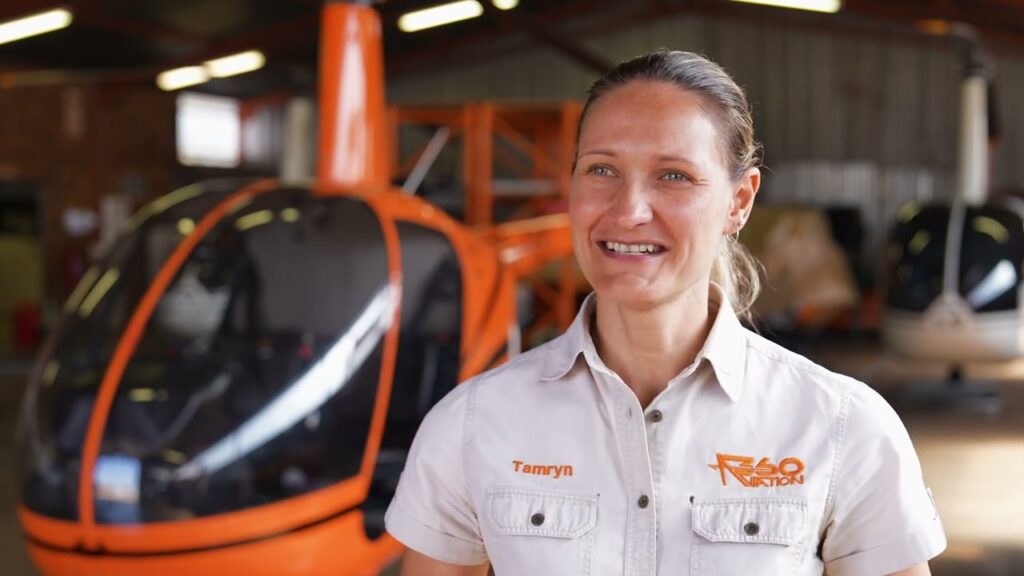Introduction to Helicopter Training in Mexico
Mexico, with its diverse landscapes and bustling cities, presents a unique and engaging environment for helicopter training. Individuals seeking to fly high in the skies as professional helicopter pilots can find a variety of training programs throughout the country. These programs are designed to cater to a spectrum of learners, from beginners with no prior aviation experience to seasoned pilots looking to refine their skills and add a helicopter rating to their repertoire.
Helicopter training in Mexico emphasizes a blend of theoretical knowledge and practical flight experience. Prospective pilots must become well-versed in the principles of helicopter aerodynamics, navigation, meteorology, and flight safety. Quality training schools use a combination of classroom instruction, simulation training, and actual flight hours to ensure students gain comprehensive understanding and hands-on proficiency before taking to the controls solo.
The country’s topography offers a compelling training ground for pilots. The varied environments—from coastal regions to mountainous areas—provide excellent opportunities for trainees to hone their flying skills under different weather conditions and altitudes. This exposure is critical for building the confidence and competence required to handle the complexities of helicopter aviation.
Besides the stunning locations and high-quality instruction, Mexico’s cost-effectiveness is another factor that sets its helicopter training apart. Compared to many countries, the cost of obtaining a helicopter pilot license in Mexico can be more affordable, without compromising the quality and rigor of the training process. This makes Mexico an attractive option for both domestic and international students aspiring to carve out a career in rotary-wing aviation.
Choosing the Right Helicopter Training School
Deciding where to pursue helicopter flight training is a significant step for aspiring aviators. It’s important to consider not just the credentials of the school but also the training environment it offers. A comprehensive helicopter training school should provide a blend of practical flight hours and theoretical learning. Seek institutions that boast experienced instructors and ensure the school’s curriculum aligns with your aviation goals. Whether your intent is to fly commercially or for leisure, the program should cater to all facets of helicopter operation, from navigation and communication to emergency procedures.
Moreover, the location of the flight school is crucial. Mexico’s varied terrain presents unique challenges and opportunities for pilots in training. Evaluate the climates and landscapes the school operates in, as these factors greatly contribute to your flight experience and can enhance your adaptability as a pilot. A school with access to diverse flying conditions prepares you better for the real-world scenarios you will encounter. Take the time to visit potential schools, meet with instructors, and inspect their fleets. A well-maintained fleet signifies a commitment to safety and quality training.
Lastly, consider the school’s connections with the helicopter industry. Building a professional network is indispensable in aviation, and schools often differ in their ability to provide pathways to employment. Research the school’s alumni success stories and partnerships with aviation companies. Opt for a training program that not only teaches you how to operate helicopters but also assists you in launching your career. It’s through meticulous research and careful consideration that you’ll find a helicopter training school in Mexico that meets your aspirations and sets you on a path to success.
Understanding the Basics of Helicopter Flight
Helicopter flight is a unique and versatile form of aviation that relies on the intricate interplay of several components to achieve lift and directional control. Unlike airplanes, helicopters are capable of vertical take-off and landing (VTOL), hovering, and flying forward, backward, and laterally with ease. The magic behind these abilities lies in the rotor system. A helicopter’s main rotor generates lift by rotating airfoils, or blades, which cut through the air, altering its pressure and creating the necessary upward force to defy gravity.
The pilot maneuvers the helicopter using a set of controls that adjust the pitch, roll, and yaw of the aircraft. The cyclic control stick allows the pilot to tilt the rotor disk in a particular direction, essentially tilting the helicopter itself and allowing it to move horizontally in that direction. Meanwhile, changes in pitch and altitude are handled through the collective control, which adjusts the angle of all rotor blades collectively at the same time – a critical element in achieving lift and descent.
Another distinctive component of helicopter dynamics is the tail rotor or anti-torque rotor. This smaller set of blades counters the main rotor’s tendency to spin the helicopter’s fuselage in the opposite direction, known as torque effect. By modulating the tail rotor’s thrust, pilots are able to maintain directional control, which is vital for stable flight. Understanding these components and their interaction is imperative for grasping how helicopters maneuver so adeptly through the skies.
Navigating Helicopter Training Courses and Curriculum
Embarking on the journey to become a helicopter pilot in Mexico involves a comprehensive understanding of the various training courses and curricula available. Potential aviators must ensure they select a course that is not only certified by the Mexican Aviation Authority but also matches their career aspirations. Whether one aims to fly for commercial, private, or military purposes, the training curriculum will typically cover the same core components. These include ground school instruction, where students learn the principles of aerodynamics, meteorology, and navigation, as well as the specifics of helicopter mechanics and operations.
Flight training is hands-down the most exhilarating part of the curriculum. It’s where theoretical knowledge meets practical experience. Under the guidance of experienced instructors, students will gain flight hours in a variety of helicopter models. This training is critical, as it builds the muscle memory and decision-making skills necessary for safe and efficient piloting. Students will start with basic maneuvers and gradually progress to complex operations, including emergency procedures and instrument flying, ensuring a well-rounded skillset upon completion of the course.
The regulatory environment in Mexico requires pilots to undergo rigorous testing before earning their wings. As such, helicopter training courses include extensive preparation for both written exams and flight tests. This segment of the curriculum is designed to validate the student’s knowledge and flying capabilities. To ace these assessments, students must demonstrate proficiency in all areas of operation and exhibit an understanding of the legal responsibilities that come with piloting a helicopter. Emphasis is placed on safety regulations, communication protocols, and operational procedures that are specific to Mexican airspace and aviation laws.
Preparing for Your First Helicopter Training Session
Taking the leap into helicopter training is an exhilarating step toward piloting these incredible machines through the skies of Mexico. As you countdown to your first training session, being well-prepared can significantly enhance your learning experience. Begin by familiarizing yourself with the basic helicopter controls and terminology. Read introductory materials provided by your flight school and watch videos to gain a deeper understanding of helicopter dynamics. This pre-training study will make it easier to grasp the practical lessons, allowing you to focus on the hands-on experience during your flight.
Physical preparedness is just as crucial as the mental preparation. Ensure you’re well-rested before your session, as flying requires your full attention and sharp reflexes. Avoid heavy meals and hydrate adequately to prevent any discomfort while in flight. Dressing appropriately is also key; wear comfortable clothing and closed-toe shoes for safety. Lastly, don’t forget to bring a good pair of sunglasses to protect your eyes from glare, which can be particularly intense when flying at altitude.
Understanding the importance of communication and safety cannot be underscored enough. Your instructor will guide you through pre-flight checks and brief you on safety protocols. Pay close attention to these procedures, as they are fundamental to every flight. Practice using the radio and get comfortable with the idea of speaking with air traffic control. Mastery of communication is a vital part of pilot training and ensures not only your safety but the safety of others in the airspace.
Advancing Your Skills: From Beginner to Pilot
If you’ve ever dreamt of soaring the skies as a helicopter pilot in Mexico, translating that vision into reality requires dedication, rigorous training, and a passion for aviation. As a beginner, you start by understanding the basic principles of helicopter dynamics, including how lift, thrust, and drag impact flight. Ground school is where you’ll dive deep into aerodynamics, weather patterns, helicopter mechanics, and flight regulations, providing a firm foundation for what comes next.
After mastering the theoretical components comes the exhilarating hands-on experience. Under the guidance of certified instructors, you’ll progress from simple hovering exercises to more complex maneuvers. It’s essential to cultivate precision and control as you learn to navigate the unique terrain and weather conditions of Mexico. Whether it’s the bustling airspace over Mexico City or the picturesque landscapes of the Baja California peninsula, adaptability and situational awareness are key to your development.
Flight simulation plays a pivotal role in transitioning from beginner to pilot. State-of-the-art simulators allow you to practice various scenarios in a safe and controlled environment. You’ll face simulated emergencies and challenging weather conditions, ensuring you’re prepared for real-world contingencies. The benefit of simulators in your training regimen cannot be overstated, as they provide the opportunity to perfect your skills without the risks associated with actual flight training.
Moving beyond simulations, obtaining your pilot’s license is the culmination of your training. In Mexico, this means meeting the requirements set by the Civil Aviation Authority, which includes passing written exams, oral tests, and demonstrating your flying capabilities during practical exams. As you log more flight hours and gain experience, you continually refine your skills, well on your way to achieving the ultimate goal of becoming a proficient helicopter pilot.



